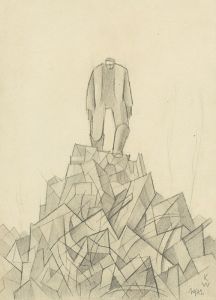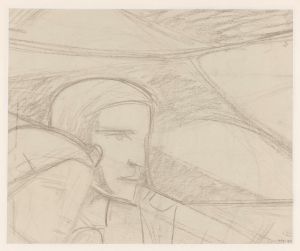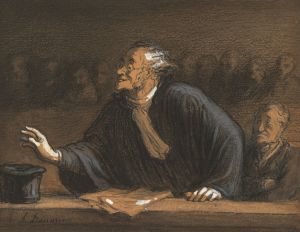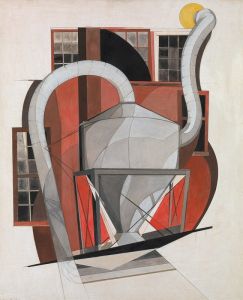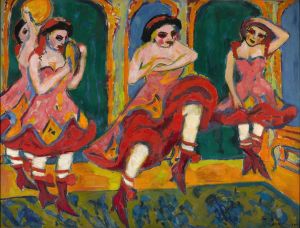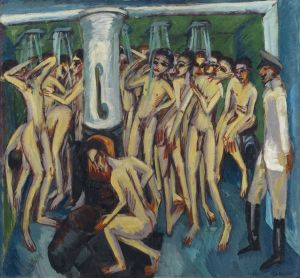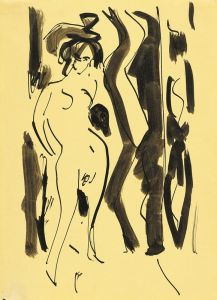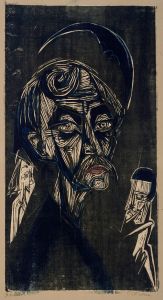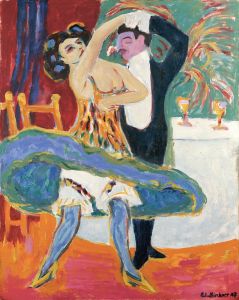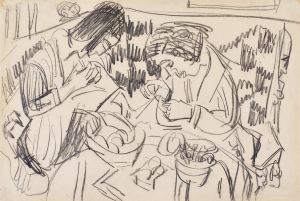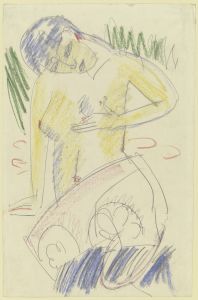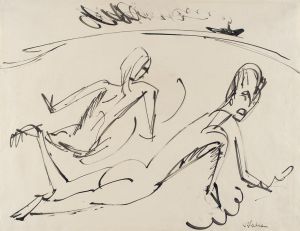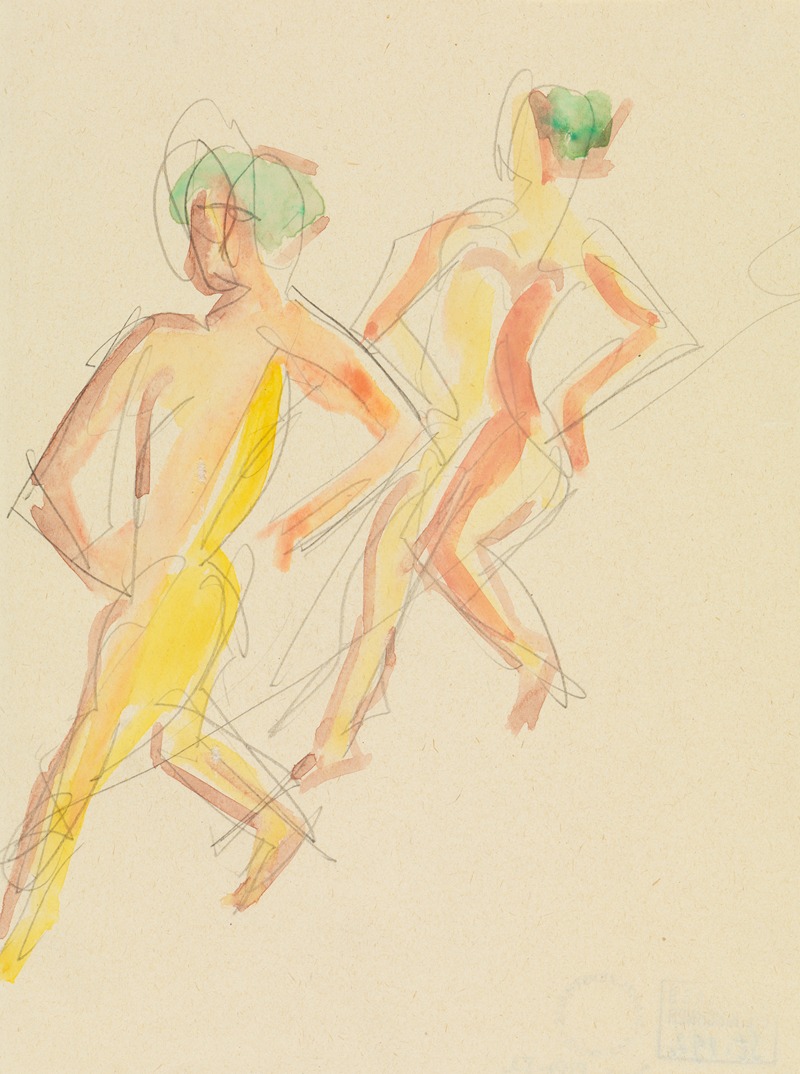
Zwei Tanzende
A hand-painted replica of Ernst Ludwig Kirchner’s masterpiece Zwei Tanzende, meticulously crafted by professional artists to capture the true essence of the original. Each piece is created with museum-quality canvas and rare mineral pigments, carefully painted by experienced artists with delicate brushstrokes and rich, layered colors to perfectly recreate the texture of the original artwork. Unlike machine-printed reproductions, this hand-painted version brings the painting to life, infused with the artist’s emotions and skill in every stroke. Whether for personal collection or home decoration, it instantly elevates the artistic atmosphere of any space.
Ernst Ludwig Kirchner's Zwei Tanzende (Two Dancers) is a painting created by the German Expressionist artist, who was a founding member of the influential art movement Die Brücke (The Bridge). Kirchner, known for his bold use of color and dynamic compositions, often explored themes of modern life, urban scenes, and human figures in motion. Zwei Tanzende exemplifies his interest in capturing the vitality and energy of human movement, a recurring theme in his work.
The painting depicts two figures engaged in dance, rendered in Kirchner's characteristic style, which combines angular forms, exaggerated proportions, and vibrant, non-naturalistic colors. The figures are portrayed with a sense of rhythm and fluidity, emphasizing the dynamism of their movements. Kirchner's approach to the human form often sought to convey emotional intensity rather than strict anatomical accuracy, and this is evident in Zwei Tanzende. The background is typically simplified or abstracted, drawing attention to the dancers and their expressive gestures.
Kirchner's work was heavily influenced by the cultural and artistic changes of the early 20th century. He was inspired by non-Western art, particularly African and Oceanic sculptures, which informed his stylized depiction of the human figure. Additionally, the vibrant nightlife and cabaret culture of cities like Berlin and Dresden, where he spent significant periods of his career, provided a rich source of inspiration for his exploration of dance and performance.
The exact date of creation for Zwei Tanzende is not definitively documented, but it is consistent with Kirchner's broader body of work from the 1910s and 1920s, a period during which he frequently depicted dancers, performers, and scenes of urban leisure. This era was marked by Kirchner's experimentation with form and color, as well as his efforts to break away from traditional artistic conventions.
Kirchner's career was deeply affected by the political and social upheavals of his time. His art was labeled "degenerate" by the Nazi regime in the 1930s, and many of his works were confiscated or destroyed. Despite these challenges, Kirchner remains a central figure in the history of modern art, and his paintings, including Zwei Tanzende, continue to be celebrated for their innovative style and emotional depth.
Today, Zwei Tanzende is recognized as an important example of Kirchner's exploration of movement and expression. The painting is held in a private collection or museum, though specific details about its current location are not widely available.





